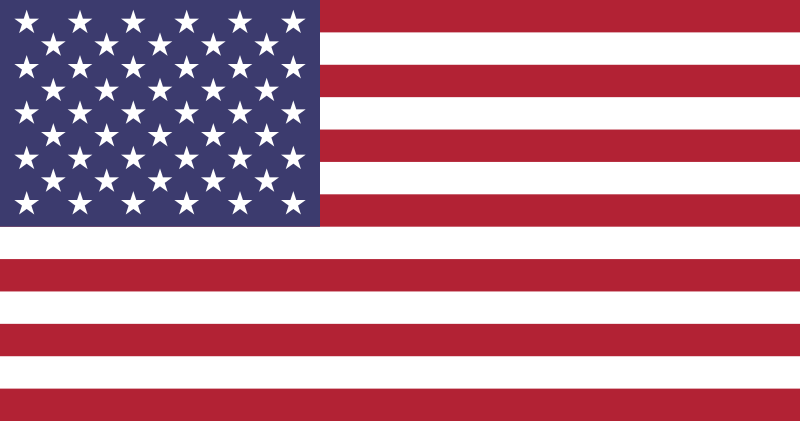 The United States of America (also referred to as the United States, the U.S., the USA, the States, or America) is a federalconstitutional republic comprising fifty states and a federal district. The country is situated mostly in central North America, where its forty-eight contiguous states and Washington, D.C., the capital district, lie between the Pacific and Atlantic Oceans, bordered by Canada to the north and Mexico to the south. The state of Alaska is in the northwest of the continent, with Canada to the east andRussia to the west across the Bering Strait. The state of Hawaii is an archipelago in the mid-Pacific. The country also possessesseveral territories in the Caribbean and Pacific.
The United States of America (also referred to as the United States, the U.S., the USA, the States, or America) is a federalconstitutional republic comprising fifty states and a federal district. The country is situated mostly in central North America, where its forty-eight contiguous states and Washington, D.C., the capital district, lie between the Pacific and Atlantic Oceans, bordered by Canada to the north and Mexico to the south. The state of Alaska is in the northwest of the continent, with Canada to the east andRussia to the west across the Bering Strait. The state of Hawaii is an archipelago in the mid-Pacific. The country also possessesseveral territories in the Caribbean and Pacific.
At 3.79 million square miles (9.83 million km2) and with over 309 million people, the United States is the third or fourth largest country by total area, and the third largest both by land area and population. It is one of the world’s most ethnically diverse and multiculturalnations, the product of large-scale immigration from many countries. The U.S. economy is the world’s largest national economy, with an estimated 2009 GDP of $14.3 trillion (a quarter of nominal global GDP and a fifth of global GDP at purchasing power parity).
Indigenous peoples of Asian origin have inhabited what is now the mainland United States for many thousands of years. This Native American population was greatly reduced by disease and warfare after European contact. The United States was founded by thirteen British colonies located along the Atlantic seaboard. On July 4, 1776, they issued the Declaration of Independence, which proclaimed their right to self-determination and their establishment of a cooperative union. The rebellious states defeated the British Empire in theAmerican Revolution, the first successful colonial war of independence. The current United States Constitution was adopted on September 17, 1787; its ratification the following year made the states part of a single republic with a strong central government. The Bill of Rights, comprising ten constitutional amendments guaranteeing many fundamental civil rights and freedoms, was ratified in 1791.
In the 19th century, the United States acquired land from France, Spain, the United Kingdom, Mexico, and Russia, and annexed theRepublic of Texas and the Republic of Hawaii. Disputes between the agrarian South and industrial North over states’ rights and the expansion of the institution of slavery provoked the American Civil War of the 1860s. The North’s victory prevented a permanent split of the country and led to the end of legal slavery in the United States. By the 1870s, the national economy was the world’s largest. The Spanish–American War and World War I confirmed the country’s status as a military power. It emerged from World War II as the first country with nuclear weapons and a permanent member of the United Nations Security Council. The end of the Cold War and the dissolution of the Soviet Union left the United States as the sole superpower. The country accounts for two-fifths of global military spending and is a leading economic, political, and cultural force in the world.
The United States is a multicultural nation, home to a wide variety of ethnic groups, traditions, and values. Aside from the now small Native American and Native Hawaiian populations, nearly all Americans or their ancestors immigrated within the past five centuries. The culture held in common by most Americans—mainstream American culture—is a Western culture largely derived from the traditions of European immigrants with influences from many other sources, such as traditions brought by slaves from Africa. More recent immigration from Asia and especially Latin America has added to a cultural mix that has been described as both a homogenizing melting pot and a heterogeneous salad bowl in which immigrants and their descendants retain distinctive cultural characteristics.

Notes from Wikipedia








